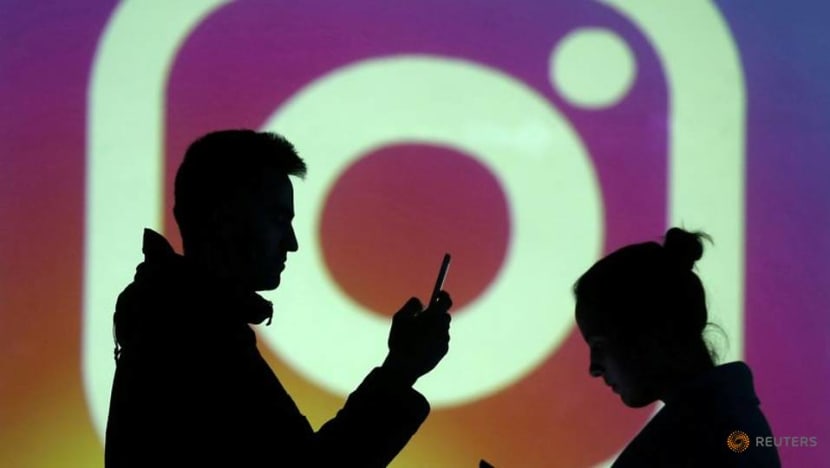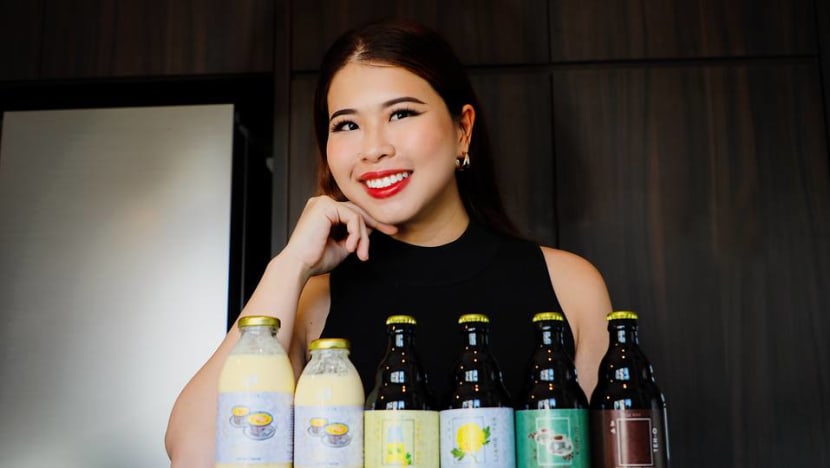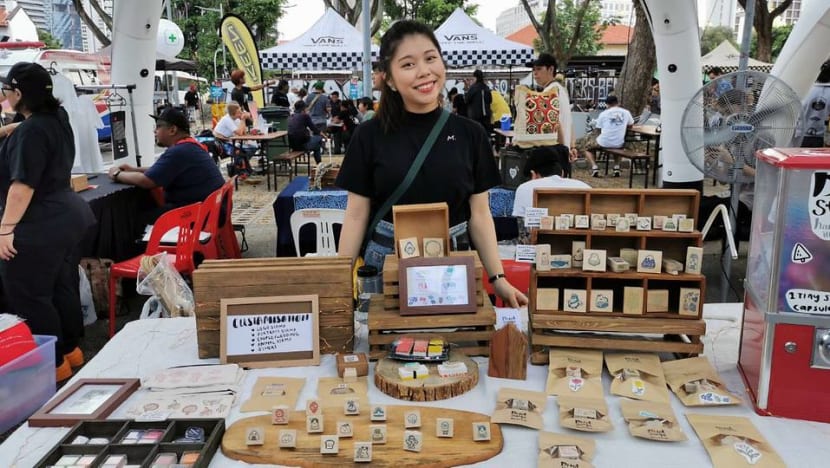From handmade soap to kombucha: How small businesses get their start on Instagram

Ms Nupur Khemka sells handmade soaps on Instagram under the brand Mira. (Photo: Nupur Khemka)
SINGAPORE: When Ms Nupur Khemka started her online soap business on Facebook, she had about 100 likes, with two to three enquiries in her first month. Most of her followers were friends and family.
This all changed after she started an Instagram account in her second month, said Ms Nupur. She now gets a few enquiries a day on the platform.
Her business, Mira, currently has about 4,000 followers on Instagram. The social media platform has been a “blessing” for her, she said, with more than 90 per cent of her referrals coming from there.
“I would think Facebook is really big, so I started on Facebook ... I thought Facebook was enough, but I didn’t get any traction from Facebook,” said Ms Nupur.
“And then the second step was to get to Instagram, and when I actually went to Instagram, I didn’t even know how to start, make stories or anything. So I learned all of that.”
Mira is one of many small businesses that have found their customer base on Instagram. Many of these retailers cited the platform's large user base, its visual layout and the social elements of the service that made it ideal for them to get started.
While Instagram has been putting in new features since 2018 to make the platform business-friendly, the number of small retailers on the site ballooned after COVID-19 "circuit breaker" measures were imposed, said experts.
“I think for Instagram, starting from 2018 in terms of interface changes, Instagram as a platform has been trying to make it business friendly to promote shopping,” said Singapore Polytechnic School of Business lecturer Lim Xiu Ru.
“For us locally, in terms of small businesses who try to use Instagram, it picked up exponentially during the circuit breaker.”

STRONG VISUALS AND A “PERSONAL TOUCH”
About half of Singapore’s 4.5 million social media users are on Instagram, estimated Dr Boey Yew Tung, senior lecturer from the marketing division of the Nanyang Business School. This forms a “sizable number of potential customers” for Instagram businesses, he added.
“With many businesses affected by the COVID-19 pandemic, social media is a very viable channel to reach digital-savvy customers," he said.
Apart from the large number of users, the social and visual nature of Instagram are the biggest draws of the platform, said retailers.
“I chose Instagram because visuals are what attracts people first rather than words. People are always on Instagram because they closely tie their social life to it,” said Ms Siti Nur Azizah Rasani, owner of an online store that sells reconstructed clothing. Her business, Bhabie, has more than 4,500 followers on Instagram.
It's a sentiment shared by Ms Adele Lau, owner of kombucha business Le Vyr.
“Because we are so visual people, especially in 2020 – everybody has a very keen eye for aesthetics – we all like to look at things that are pretty or beautiful," she said. "So Instagram is a very easy way to capture the attention of your viewers and your customers.”
Le Vyr has gained about 500 followers since the business started in May. Ninety-nine per cent of her sales come from Instagram, said Ms Lau, with the rest coming from her website.

Instagram's various features allow businesses to engage potential customers. On Instagram stories, users can post short video clips, quizzes and polls that stay up for 24 hours.
Ms Nupur, for instance, posts behind-the-scenes videos of her soapmaking - which she found the "most engaging". She also uses polls on Instagram to make decisions about her brand, such as choosing the type of packaging for her soaps.
Ms Rachel Ma, who owns rubber stamp store Droolstamps, initially used Instagram to share her work. However, she kept a presence on the platform even after setting up her website, as her target audience is mainly on Instagram. She gets all of her enquiries from Instagram.
It also allows her to have that “personal touch” with people on her account, she said, and they can have conversations over the platform.
“A website is like an island, right? People won’t really visit this lone island if there isn’t other platforms to direct them to that place,” she added.

While tapping social media is not a new trend, there seems to be a “greater impetus” for businesses to do so, said Dr Boey.
With safe distancing measures in place, starting a business on social media is a “cost-efficient strategy” to keep customers front and centre, said Dr Chen Lou, who is Assistant Professor of Integrated Marketing Communication at the Wee Kim Wee School of Communication and Information.
She added that for businesses targeting millennials or Gen Z, or those who are tech-savvy, Instagram is a “very accessible and yet manageable” first step.
“It can jumpstart your social media marketing strategy if you did not have any before. It is cheaper to create content for Instagram than, say YouTube, and also easy to manage,” Dr Lou said.
Singapore Polytechnic's Ms Lim recommended that businesses be clear on their objectives and who they want to reach out to before choosing any particular platform to start out. It also depends on the amount of resources they have and whether they can manage multiple platforms at the same time.
Sellers also need to balance between an organic online presence and boosted advertisements, she said, as using Instagram’s sponsored posts could help them reach a wider audience.
“For businesses starting out, starting up on Instagram might be sufficient for a start. Only after they build their follower base … then they might want to consider other platforms,” she added.
Products that can presented through an “aesthetically pleasant visual manner” such as fashion and food would do well on the social network, Ms Lim noted.
CANNOT TRANSACT WITHIN THE SITE
While Facebook-owned Instagram can be useful for marketing and reaching customers, retailers said that the lack of an in-built purchasing function is a major limitation for them.
This is set to change in the next few weeks, after Instagram rolled out Instagram Shop in the United States for users to browse and buy products without leaving the app. Instagram said this feature will progressively made available to the rest of the world.
There may still be limitations, however.

“You can’t actually transact. Because with Instagram Shop, if you want to do a credit card transaction I still have to set up a website somewhere, I still need to buy a point-of-sale somewhere and that shop links to my point-of-sale,” said Ms Lim Chingying, who owns 5amflowers.
Singapore Polytehnic's Ms Lim agreed, noting that the number of steps needed to make payment could lead to customers dropping the transaction halfway, sometimes due to technical issues.
READ: Great Singapore Sale to go online this year with ‘new norm’ shopping experience amid COVID-19 pandemic
READ: S$45 million tourism campaign launched urging locals to explore Singapore
As a “visual-predominant website” with pictures and short videos, it can also be difficult for sellers to detail brand or production information or show products in action, compared to long videos or long Facebook posts, said Dr Lou.
Nevertheless, most experts and retailers agree that Instagram would be here to stay, at least for the foreseeable future.
“Instagram still offers great potential for brands to experiment marketing strategies, like influencer marketing or content marketing. It can be cost efficient, accessible and democratic if used well,” said Dr Lou.
















